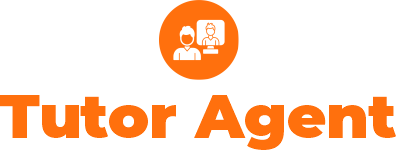One of the biggest challenges teachers and tutors face is engaging all students, regardless of their learning styles. Each student has a unique way of processing information and understanding concepts. To create an inclusive and effective learning environment, it is crucial to adapt teaching strategies to accommodate diverse learning styles. In this post, we will discuss some practical tips for teachers and tutors to engage students with different learning styles.
- Visual Learners:
Visual learners tend to learn best through visual aids such as diagrams, charts, and images. To engage visual learners, consider incorporating visual elements into your lessons:
– Use colorful and well-organized instructional materials.
– Utilize videos, slideshows, or multimedia presentations to present information.
– Encourage students to create mind maps, infographics, or illustrations to help them understand and remember key concepts.
- Auditory Learners:
Auditory learners grasp information better through listening and speaking. To engage auditory learners, consider the following strategies:
– Incorporate discussions, group activities, and debates into your lessons.
– Use audio recordings or podcasts to deliver content.
– Encourage students to read aloud or explain concepts to their peers.
- Kinesthetic Learners:
Kinesthetic learners learn best through hands-on activities and physical movements. To engage kinesthetic learners, try the following:
– Incorporate experiments, real-life examples, and role-playing activities into your lessons.
– Encourage students to use manipulatives, like blocks or models, to understand complex concepts.
– Promote movement during learning, such as standing up and stretching during breaks.
- Reading/Writing Learners:
Reading/writing learners thrive when they can read, write, and take notes. To engage these learners, consider the following strategies:
– Provide written instructions and handouts.
– Encourage note-taking during lectures and discussions.
– Incorporate writing exercises, such as essays, summaries, or reflections, into your curriculum.
- Multimodal Approach:
Remember that many students have a combination of learning styles. Incorporating a multimodal approach can benefit all students:
– Mix and match different teaching strategies to address multiple learning styles simultaneously.
– Use technology and online resources to provide additional learning opportunities.
– Offer various assessment methods, such as written exams, oral presentations, or hands-on projects, to allow students to demonstrate their understanding in different ways.
Conclusion:
By recognizing and catering to the diverse learning styles of students, teachers and tutors can create engaging and inclusive learning experiences for all. Employing a range of techniques that align with visual, auditory, kinesthetic, and reading/writing preferences will help students grasp and retain concepts more effectively. By incorporating a multimodal approach, educators can ensure that every student’s needs are met, enhancing their overall learning experience.




